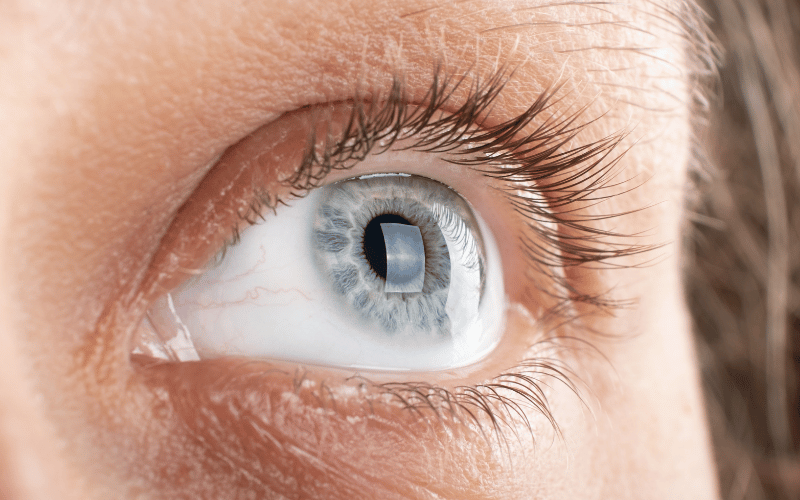Symptom 9: Corneal Opacity – The Threat to Vision

Corneal opacity, one of the most severe symptoms of advanced trachoma, poses a significant threat to vision. This condition occurs when the cornea, the clear front surface of the eye, becomes clouded or scarred, severely impairing vision. In trachoma, corneal opacities are the end result of a long-standing battle with infection and inflammation. They represent the cumulative damage inflicted by repeated episodes of trachoma, each leaving behind a trail of scarring that eventually obscures the cornea.
The journey to corneal opacity begins with minor injuries to the cornea, inflicted by the inward-turning eyelashes of trichiasis or the chronic inflammatory response of the eye to infection. Over time, these injuries accumulate, leading to the formation of scar tissue on the cornea. As this scar tissue builds up, it disrupts the clarity of the cornea, gradually diminishing vision. This process is often slow and insidious, with the patient’s vision deteriorating over months or years.
The impact of corneal opacity on an individual’s life is profound. Vision becomes increasingly blurred, making it difficult to perform everyday tasks like reading, driving, or recognizing faces. For many, this loss of vision equates to a loss of independence, significantly affecting their work and social interactions. In regions where access to eye care is limited, corneal opacity due to trachoma can lead to irreversible blindness.
Once corneal opacity has set in, the treatment options are limited. The primary goal is to preserve the remaining vision and prevent further damage. In some cases, corneal transplantation might be considered, although this is often not feasible in the regions most affected by trachoma. The focus, therefore, shifts to managing the underlying trachoma infection to halt the progression of scarring and providing supportive care to maximize the patient’s functional vision.
The best defense against corneal opacity is the prevention of trachoma. Public health initiatives aimed at improving hygiene, sanitation, and access to healthcare are crucial in this regard. Early detection and treatment of trachoma, along with surgery for trichiasis, can prevent the development of corneal opacity. The battle against corneal opacity is not just a clinical challenge; it is a call to action for improved public health policies and community education to safeguard the vision of millions at risk. (9)